
Secrets of Licorice: Ancient Remedy or Modern Superfood?

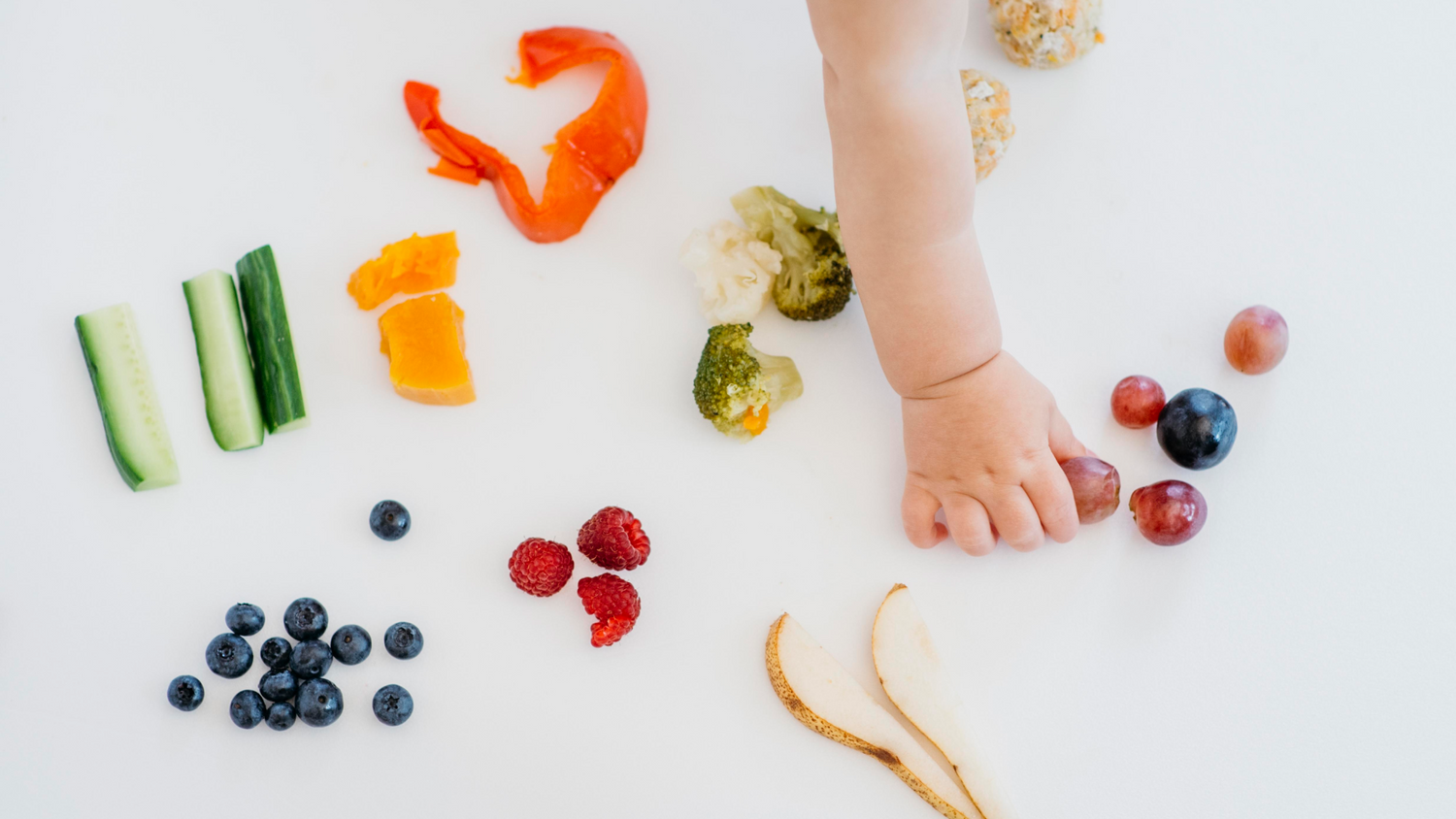

Rs. 2,250.00
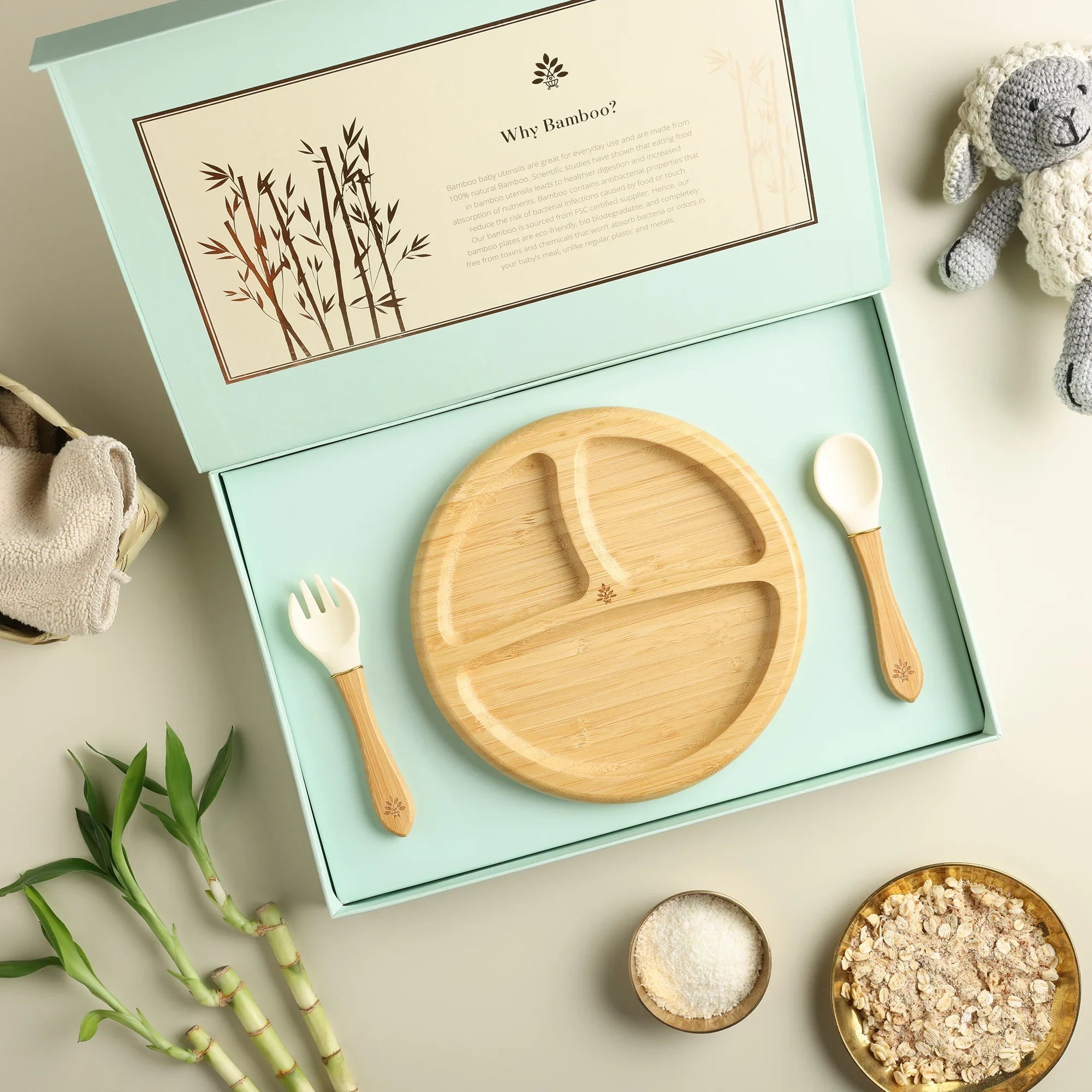
Rs. 2,650.00
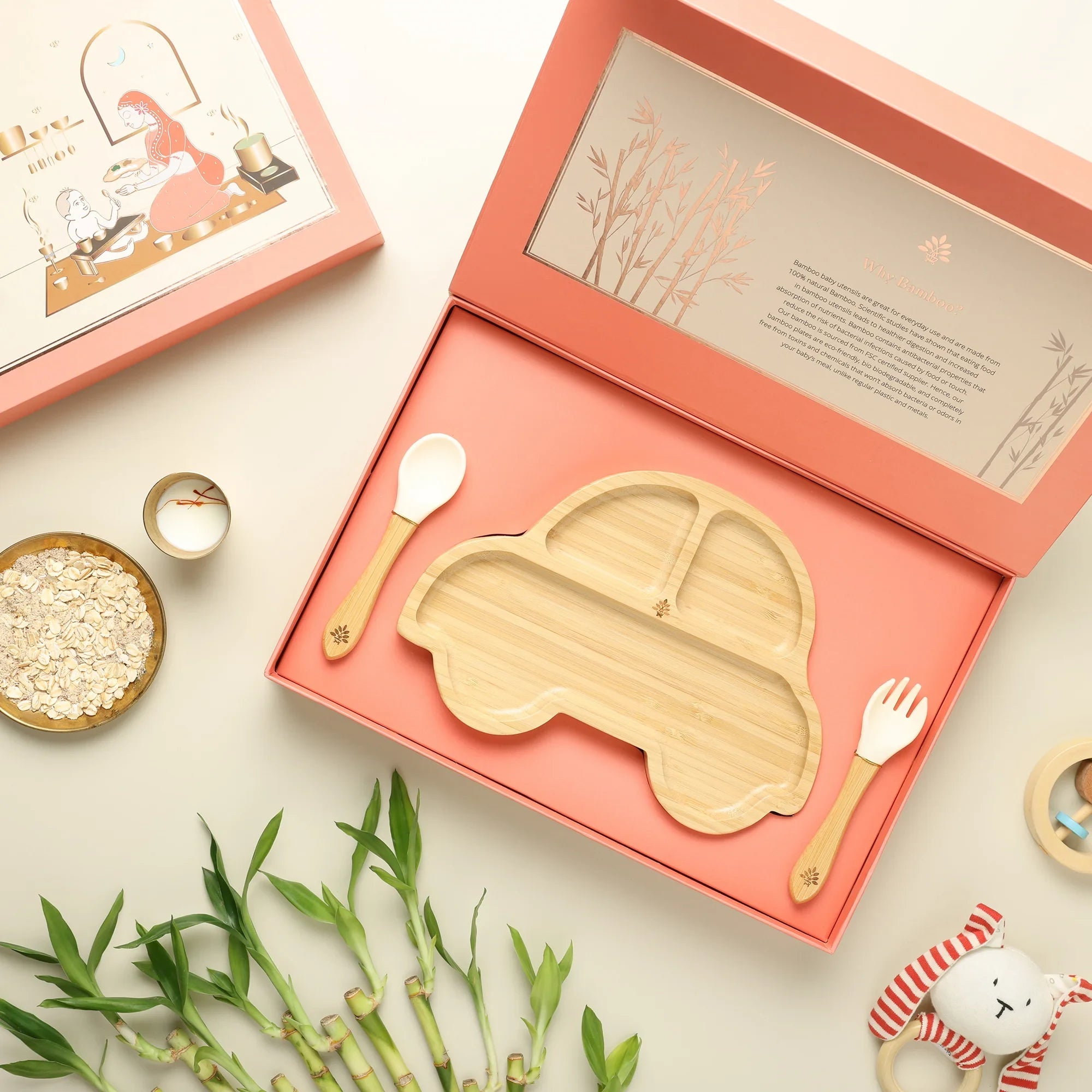
Rs. 2,750.00
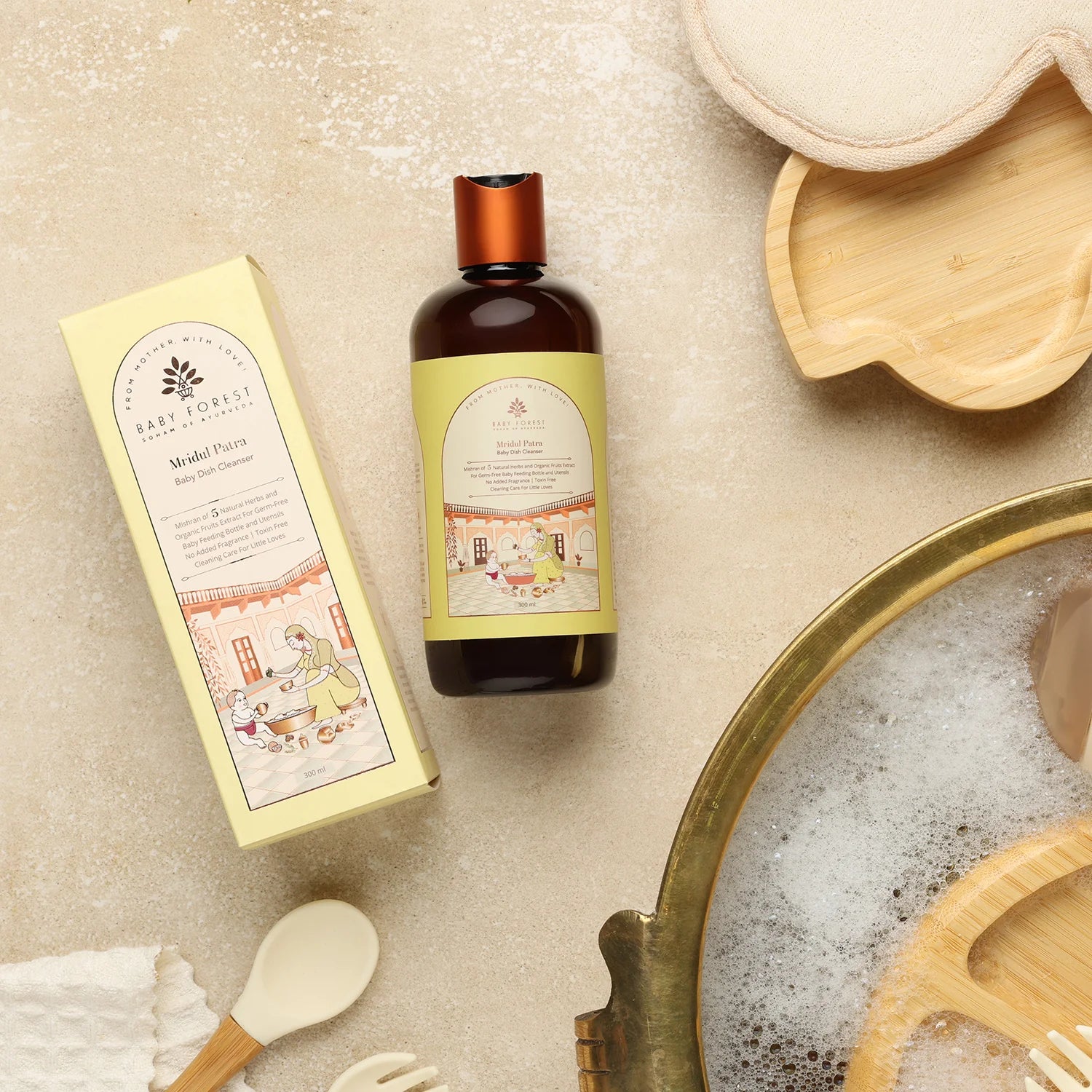
Rs. 475.00
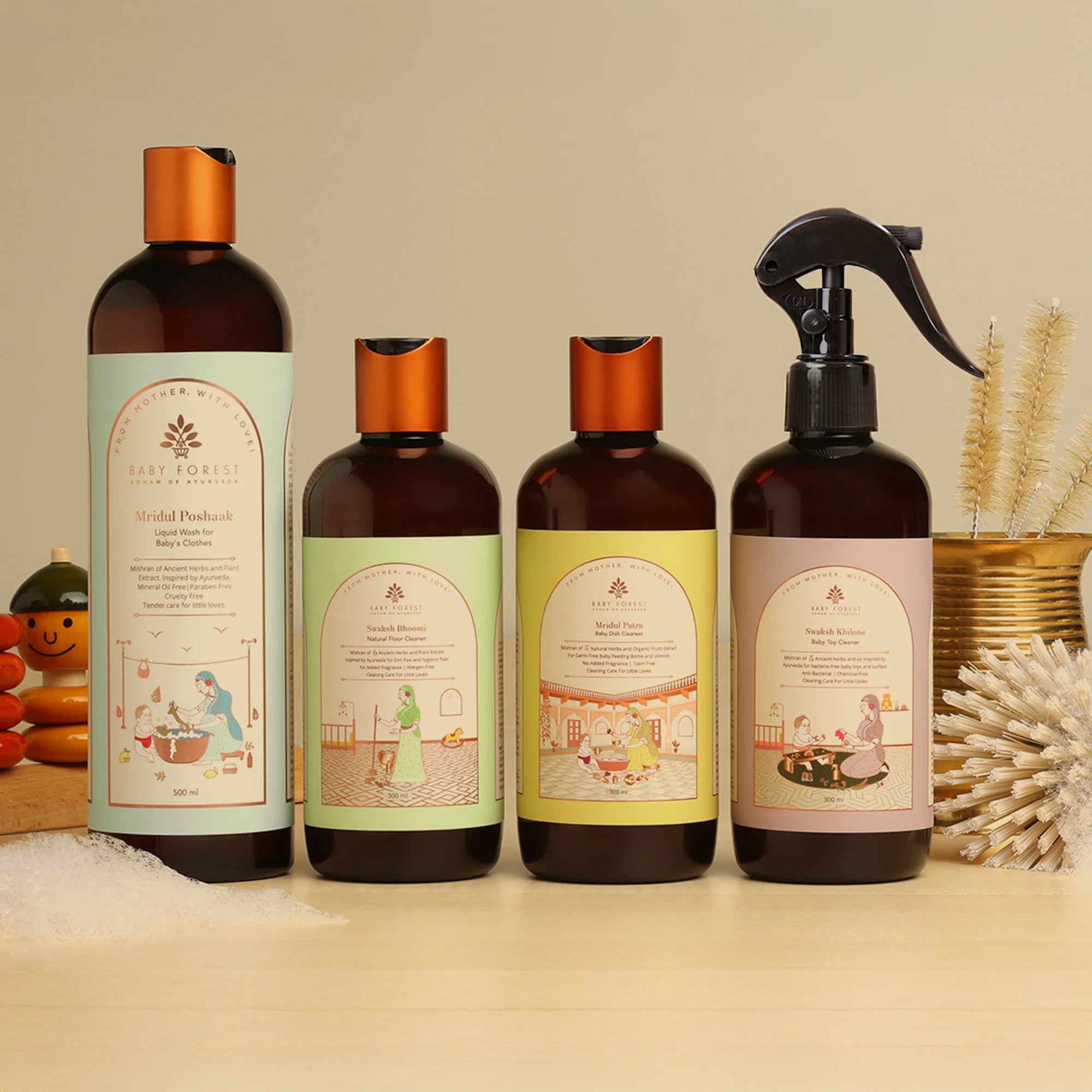
Rs. 1,499.00
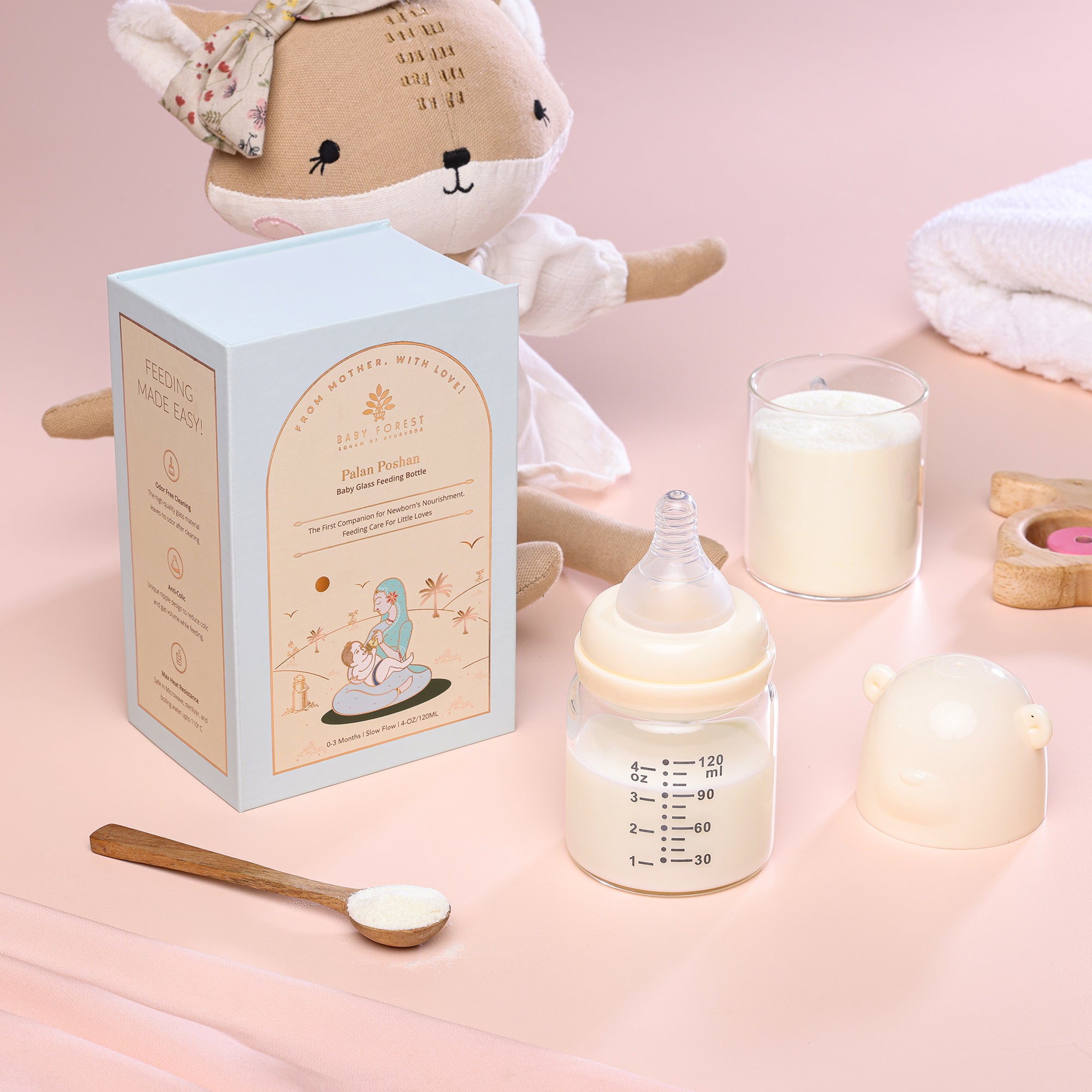
Rs. 1,495.00
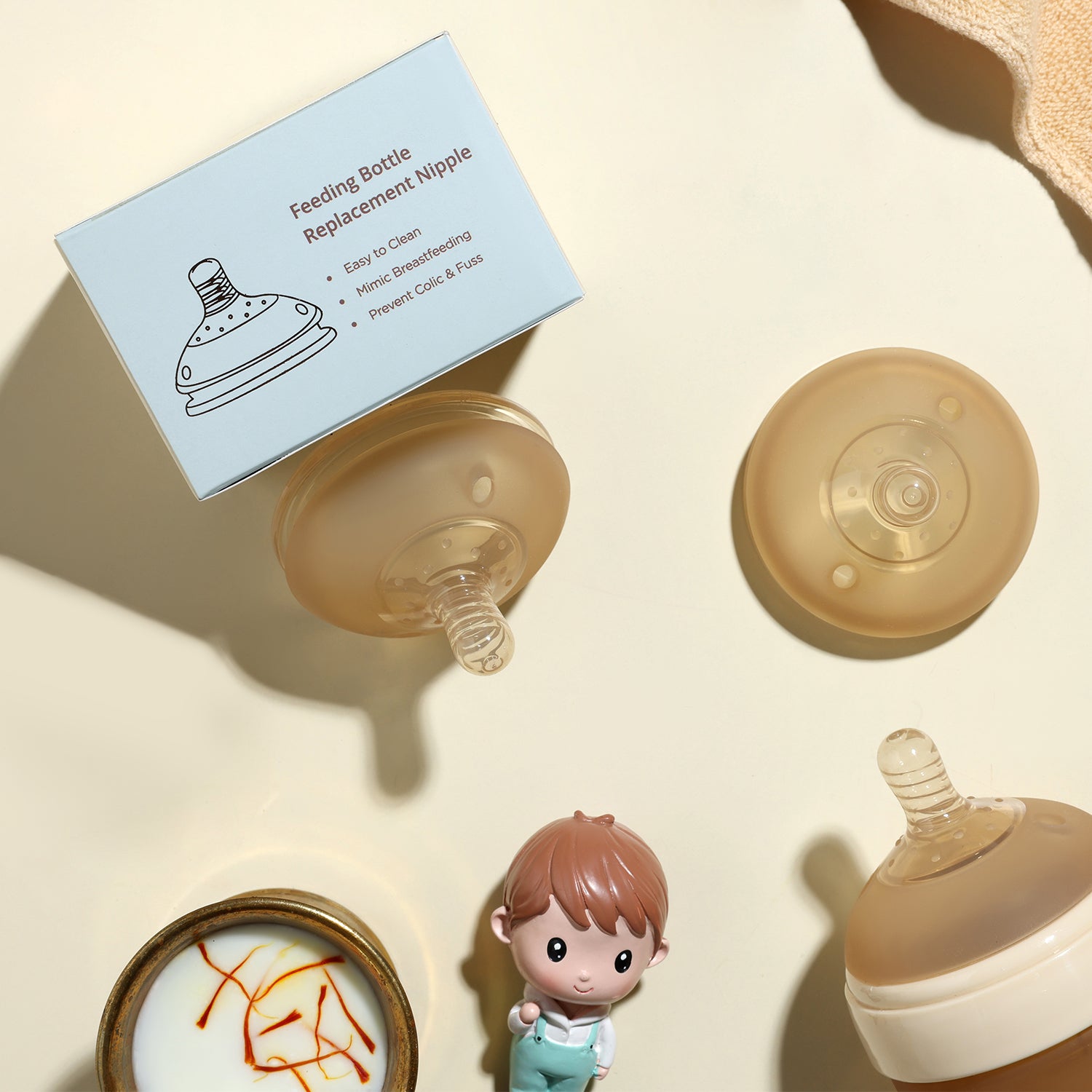
Rs. 249.00

The Ultimate Baby Feeding Checklist: From Newborns to Tod...

Homemade Baby Food: 2 Simple Recipes for Healthy Meals

How to Create the Perfect Feeding Schedule for Your Newborn

The Benefits Of Baby Feeding Bottle: A Parent’s Guide

A Beginner's Guide to Baby-Led Weaning

Comprehensive Baby Feeding Chart: Ages 0-12 Months

Burping Baby 101: Why It Matters and How to Do It Right!

How to Safely Heat Milk for Your Baby: Tips and Techniques

Feeding Your Infant: Common Challenges and How to Overcom...

Nervous About weaning Your Baby? Here Is What You Need To...

Nourishing the New Mother: Ayurvedic Postnatal Care Pract...

Benefits of Anti-Colic Feeding Bottles

5 Cute Must-Have Summer Dresses for Baby Girl

How to clean/wash baby feeding bottle?

A Parent's Guide to Organic Baby Clothes: What You Need t...

9 Easy Tips to Encourage Self-Feeding for Babies

What Causes Colic? A Simple Guide for Parents

07 Winter Tips for Your Baby's Delicate Skin

All You Need To Know About Breastfeeding

5 Winter Foods That You Should Include In Your Lil One's ...

10 Essential Ayurvedic Products For Babies

Is Formula Feeding Safe for Your Little One?

How to Prepare for Baby's First Cold and Flu Season: A Co...

How to Avoid Nipple Confusion While Breastfeeding and Bot...

Comprehensive Baby Feeding Chart for 2-Year-Olds
Starting solids with your baby is a major milestone that signifies the beginning of a new phase in their growth and development. Parents often find themselves debating between purees and finger foods when deciding the best approach to start their baby with solid foods. Each method has its own advantages and considerations, and understanding these can help you make an informed decision that best suits your baby's needs. This comprehensive guide explores the differences between purees and finger foods and helps you decide which is best for your baby.
Puree food is the traditional method of introducing solids to babies. It involves blending or mashing fruits, vegetables, and other foods into a smooth consistency that is easy for babies to swallow and digest.
Finger foods are small pieces of food that babies can pick up and eat on their own. This method is often associated with baby-led weaning, where babies are encouraged to self-feed from the start.
Many parents find that a combination of purees and finger foods works best. This approach allows babies to enjoy the benefits of both methods and can help ease the transition from purees to more solid foods.
Baby-led weaning is an approach that skips purees altogether and starts with finger foods. This method allows babies to explore and enjoy a variety of textures and tastes right from the start.
Babies learn to chew and swallow at their own pace, which can help improve their eating skills and reduce fussiness with food.
Babies eat the same foods as the rest of the family, which promotes a healthy eating environment and makes meal preparation easier.
As with any method involving solid pieces of food, there is a risk of choking. Always choose age-appropriate foods and supervise your baby while they eat.
Ensuring your baby gets all the necessary nutrients can be challenging with baby-led weaning. It's important to offer a wide variety of foods to meet their nutritional needs.
To learn more about baby-led weaning you can read this: https://www.babyforest.in/blogs/thoughts-and-ideas/baby-led-weaning
There is no one-size-fits-all answer when it comes to choosing between purees and finger foods. Both methods have their benefits and challenges, and the best approach depends on your baby's needs and your family's lifestyle. Many parents find success with a combination of both methods, starting with purees and gradually introducing finger foods as their baby becomes more comfortable with solid foods. Whichever method you choose, the most important thing is to ensure your baby is getting a balanced diet and enjoying their mealtime experiences.

